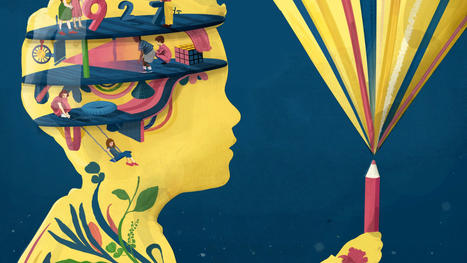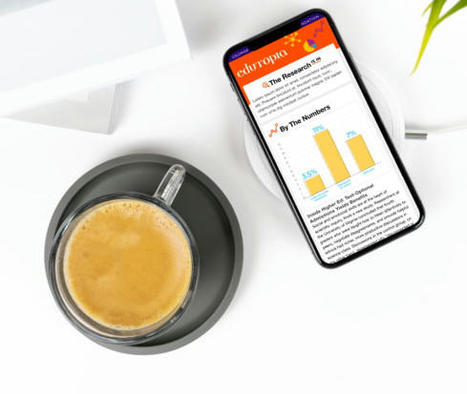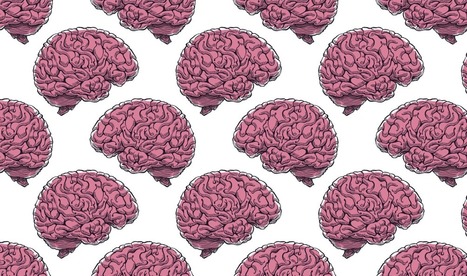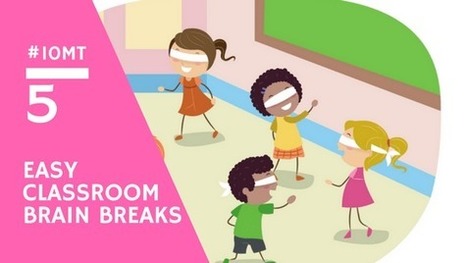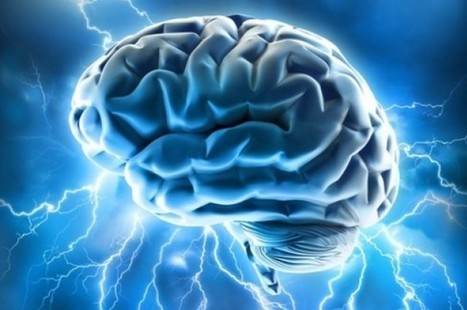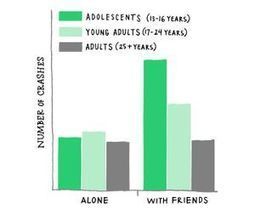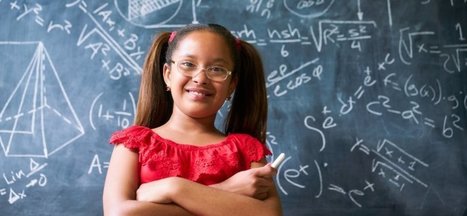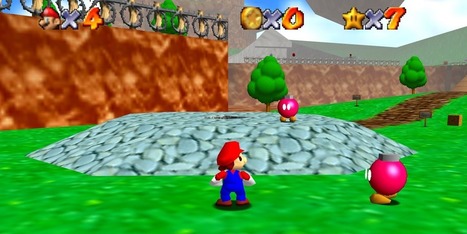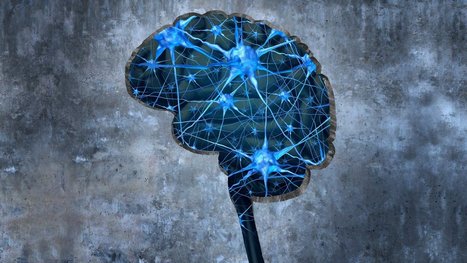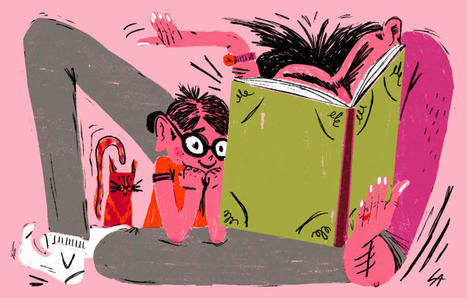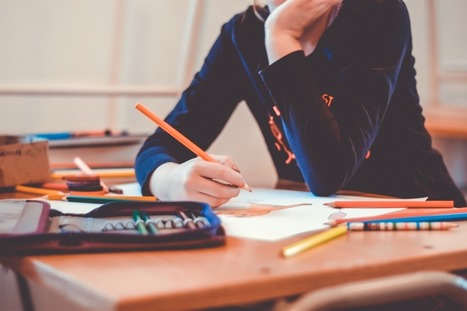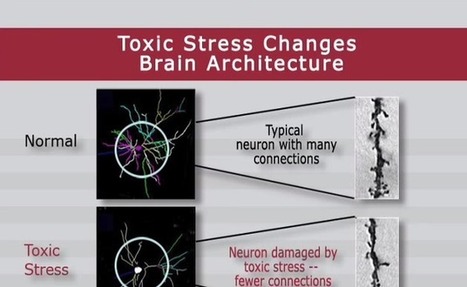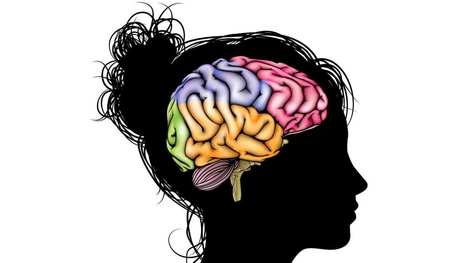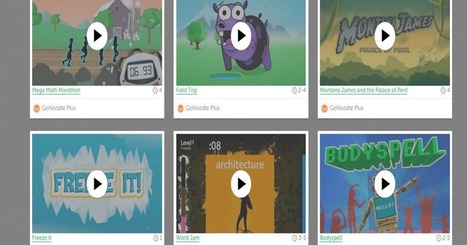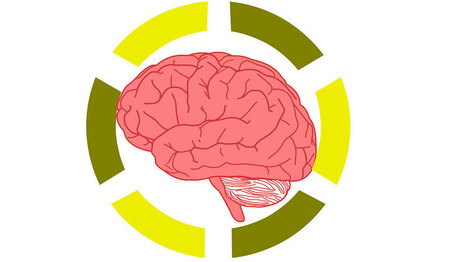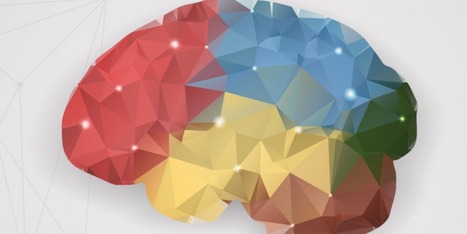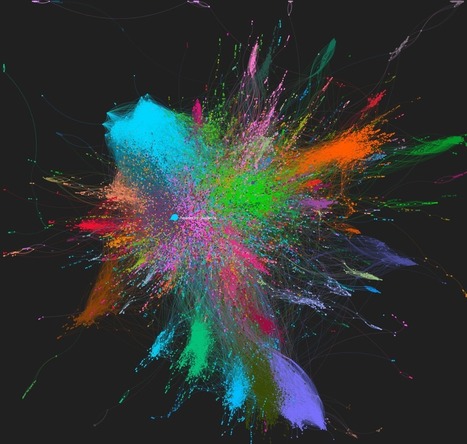 Your new post is loading...
 Your new post is loading...
Children’s brains develop in spurts called critical periods. The first occurs around age 2, with a second one occurring during adolescence. At the start of these periods, the number of connections (synapses) between brain cells (neurons) doubles. Two-year-olds have twice as many synapses as adults. Because these connections between brain cells are where learning occurs, twice as many synapses enable the brain to learn faster than at any other time of life. Therefore, children’s experiences in this phase have lasting effects on their development.
Via John Evans
When it comes to optimizing learning, we don’t value breaks enough, neuroscientists suggest in a new study.
Via Tom D'Amico (@TDOttawa)
A lesson with interactive, formative assessments built in. Created with Pear Deck for Google Slides. Copy and customize for your class.
Via Tom D'Amico (@TDOttawa)
The below talk by UC Davis Neuroscientist Matthias Gruber encapsulates all that currently fascinates and motivates me as an educator. I hope you enjoy!
Via Tom D'Amico (@TDOttawa)
Want to help students learn and be more refreshed? Students need breaks too. That is why brain breaks are becoming so popular. Teacher Rob Donatelli talks about the brain breaks phenomenon. Take a brain break today!
Via Tom D'Amico (@TDOttawa) , Juergen Wagner
Neuroscience myths are plentiful. From thinking we’re either left-brained or right-brained, to believing we stop learning at three years old: the brain has worked hard to convince us untruths about… brains. As we uncover more about neuroscience, these myths are slowly unravelling.
"Video games are part of the long, long list of supposedly lowbrow pop culture items that people are convinced will rot your brain. It’s got plenty of company alongside the likes of television, comic books, and pop music — if you go back far enough, you can probably find some ancient Sumerian claiming this whole writing business will do nothing but make people dumber — but a new study suggests a steady diet of gaming well into old age could actually help keep people’s brains healthy."
Via John Evans
|
"I want The Three Bears!"
These days parents, caregivers and teachers have lots of options when it comes to fulfilling that request. You can read a picture book, put on a cartoon, play an audiobook, or even ask Alexa.
A newly published study gives some insight into what may be happening inside young children's brains in each of those situations. And, says lead author Dr. John Hutton, there is an apparent "Goldilocks effect" — some kinds of storytelling may be "too cold" for children, while others are "too hot." And, of course, some are "just right."
Hutton is a researcher and pediatrician at Cincinnati Children's Hospital with a special interest in "emergent literacy" — the process of learning to read.
Via John Evans
When a teacher noticed her kids fighting at recess, she turned to neuroscience and mindfulness practice to help them take control of their emotions.
Via John Evans, Jim Lerman
When the stress in your life just doesn’t let up, and it feels like you have no support to get through the day—let alone do everything you need to do to be the best parent you can be—it can seem like there’s nothing that can make it better. But there are resources that can help, …
Via Tom D'Amico (@TDOttawa)
“[Adolescence is] a stage of life when we can really thrive, but we need to take advantage of the opportunity,” said Temple University neuroscientist Laurence Steinberg at a Learning and the Brain conference in Boston. Steinberg has spent his career studying how the adolescent brain develops and believes there is a fundamental disconnect between the popular characterizations of adolescents and what’s really going on in their brains.
Because the brain is still developing during adolescence, it has incredible plasticity. It’s akin to the first five years of life, when a child’s brain is growing and developing new pathways all the time in response to experiences. Adult brains are somewhat plastic as well -- otherwise they wouldn’t be able to learn new things -- but “brain plasticity in adulthood involves minor changes to existing circuits, not the wholesale development of new ones or elimination of others,” Steinberg said.
Adolescence is the last time in a person’s life that the brain can be so dramatically overhauled.
Via John Evans
Free resource of educational web tools, 21st century skills, tips and tutorials on how teachers and students integrate technology into education
Via Tom D'Amico (@TDOttawa) , Juergen Wagner
Free resource of educational web tools, 21st century skills, tips and tutorials on how teachers and students integrate technology into education
Via Tom D'Amico (@TDOttawa)
Teachers change brains. While we often don’t think of ourselves as brain changers, when we teach we have an enormous impact on our students’ cognitive development. Recent advances in educational neuroscience are helping educators understand the critical role we play in building brain capacities important to students’ learning and self-control.
To understand how teachers change the brain, we need to begin with a reasonably new understanding of the biology of learning. The human brain is an experience-dependent organ. Throughout our lives, the cerebrum—the largest portion of our brain—fine-tunes itself to adapt to the world around us. The scientific term used to describe this is “neuroplasticity, ” which involves three processes.
Via John Evans
Neurons are the basic computational building blocks that compose our brain. Their number is approximately one Tera (trillion), similar to Tera-bits in midsize hard discs. According to the neuronal computational scheme, which has been used for over a century, each neuron functions as a centralized excitable element. The neuron accumulates its incoming electrical signals from connecting neurons through several terminals, and generates a short electrical pulse, known as a spike, when its threshold is reached.
Using new types of experiments on neuronal cultures, a group of scientists, led by Prof. Ido Kanter, of the Department of Physics at Bar-Ilan University, has demonstrated that this century-old assumption regarding brain activity is mistaken.
In an article published today in the journal Scientific Reports, the researchers go against conventional wisdom to show that each neuron functions as a collection of excitable elements, where each excitable element is sensitive to the directionality of the origin of the input signal. Two weak inputs from different directions (e.g., “left” and “right”) will not sum up to generate a spike, while a strong input from “left” will generate a different spike waveform than that from the “right”.
“We reached this conclusion using a new experimental setup, but in principle these results could have been discovered using technology that has existed since the 1980s. The belief that has been rooted in the scientific world for 100 years resulted in this delay of several decades,” said Prof. Kanter and his team of researchers, including Shira Sardi, Roni Vardi, Anton Sheinin, and Amir Goldental.
The new results call for a re-examination of neuronal functionalities beyond the traditional framework and, in particular, for an examination into the origin of degenerative diseases. Neurons which are incapable of differentiating between “left” and “right” — similar to distortions in the entire human body — might be a starting point for discovering the origin of these diseases.
Via Miloš Bajčetić
Wikipedia is a great source for data analysis due to its outstanding scale and the graph structure. Tens of millions of visitors surf it daily, leaving their footprint on the Web. The combination of the Wikipedia graph structure and visitor activity on the pages gives us the dynamic graph – the graph with time-series signals on the nodes. The dynamic nature of the graph makes the large-scale analysis problem complicated.
In the original paper we analyze the Wikipedia graph. The aim is to detect events and collective memories using the activity of the Wikipedia visitors. We use graph-based approach to build our model. The computational model is inspired by the synaptic plasticity and Hebbian theory.
Via Miloš Bajčetić
|



 Your new post is loading...
Your new post is loading...

